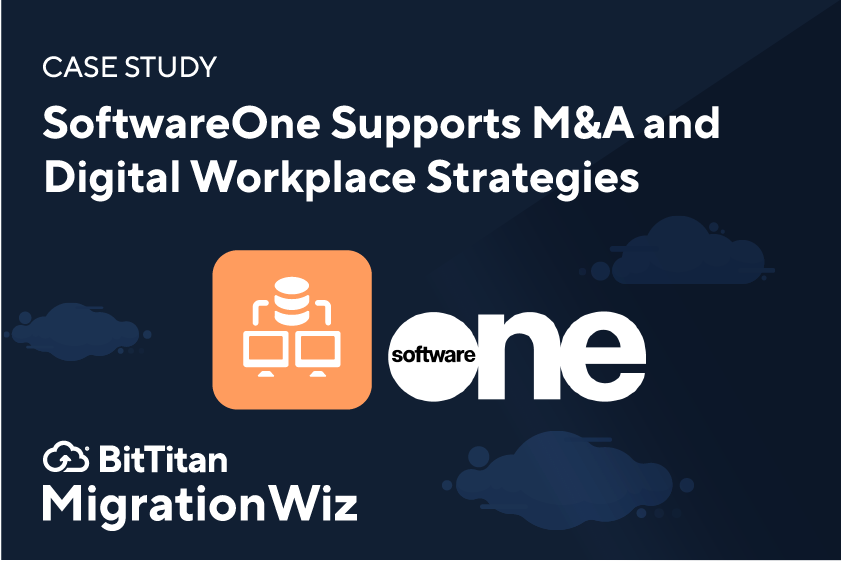From a timing perspective, “One really important consideration was working within the campuses’ academic calendars,” said Ross Berndt, Associate Vice Chancellor and Deputy CIO. “We were working with students and faculty actively learning and teaching, so limiting downtime and minimizing disruption led us to approach this project one campus at a time.”
From a resource perspective, Minnesota State’s ”core” team was relatively small and thus buy in from local campus IT resources was critical to the success of the project.
“This wasn’t a system office-driven project, but rather a shared service model with a significant amount of support from our local IT staff at each campus,” noted Berndt.
In 2017, the core IT team of six expanded when Adam Barker was brought on as Director of Office 365. Like most projects of this size, the team used a pre-stage approach to migrate the majority of mailbox data in the background, minimizing the time it took to actually cut users over.
Over the next two years, Barker’s team would complete twenty-four separate migration projects. As of this writing in early 2020, only one institution remains unmigrated to the core Office 365 tenant, which now boasts over a million users.
 MigrationWiz Makes A Difference
MigrationWiz Makes A Difference
Following a recommendation from Microsoft, Minnesota State engaged early with BitTitan and SHI to embark on this journey.
One major technical challenge for Barker’s team was the range of tools, technology, and adoption between campuses. Each institution had unique needs from a migration perspective. With the majority of campuses having already migrated to Office 365, a significant amount of this work was cross-tenant. Some institutions were still maintaining on-premises Exchange servers, while one group had moved to Gmail.
What’s Next?
The migration of data is just a small part of an organizational transformation like this. The vision for the Minnesota State unified tenant is to position the system as a national leader in the innovative and effective use of a shared technology environment to support and transform the academic enterprise.
“We got really good at email migrations during our move to the unified tenant,” joked Barker. “We now have these great tools in our kit and for the migration side of things to go this smoothly 95% of the time, it puts us in place to move forward in reaching the vision for the tenant.
As the final campus transitions to the tenant, the team at Minnesota State can now turn their attention to other IT projects that will allow Minnesota State to take advantage of the benefits of a single Office 365 tenant. Planning for the future of the tenancy will not be an issue for Minnesota State. As the CIO for Minnesota State Ramon Padilla puts it “The governance structure that supports the tenancy is long on vision and has not had a shortage of ideas that they want implemented. The challenge as always will be time and resources. That said, the unified tenant has positioned Minnesota State system well for the future.”


 MigrationWiz Makes A Difference
MigrationWiz Makes A Difference